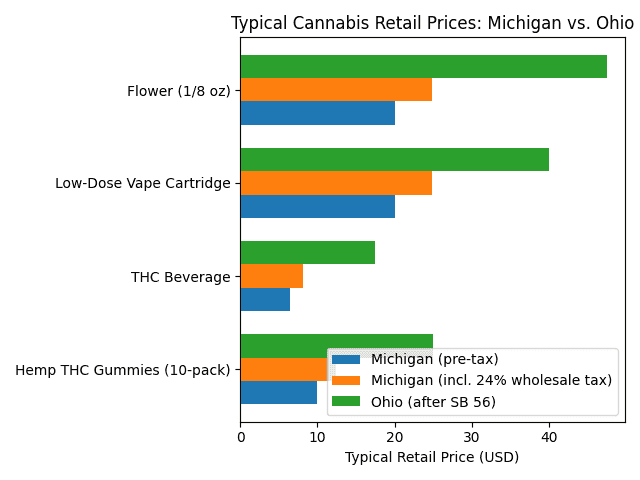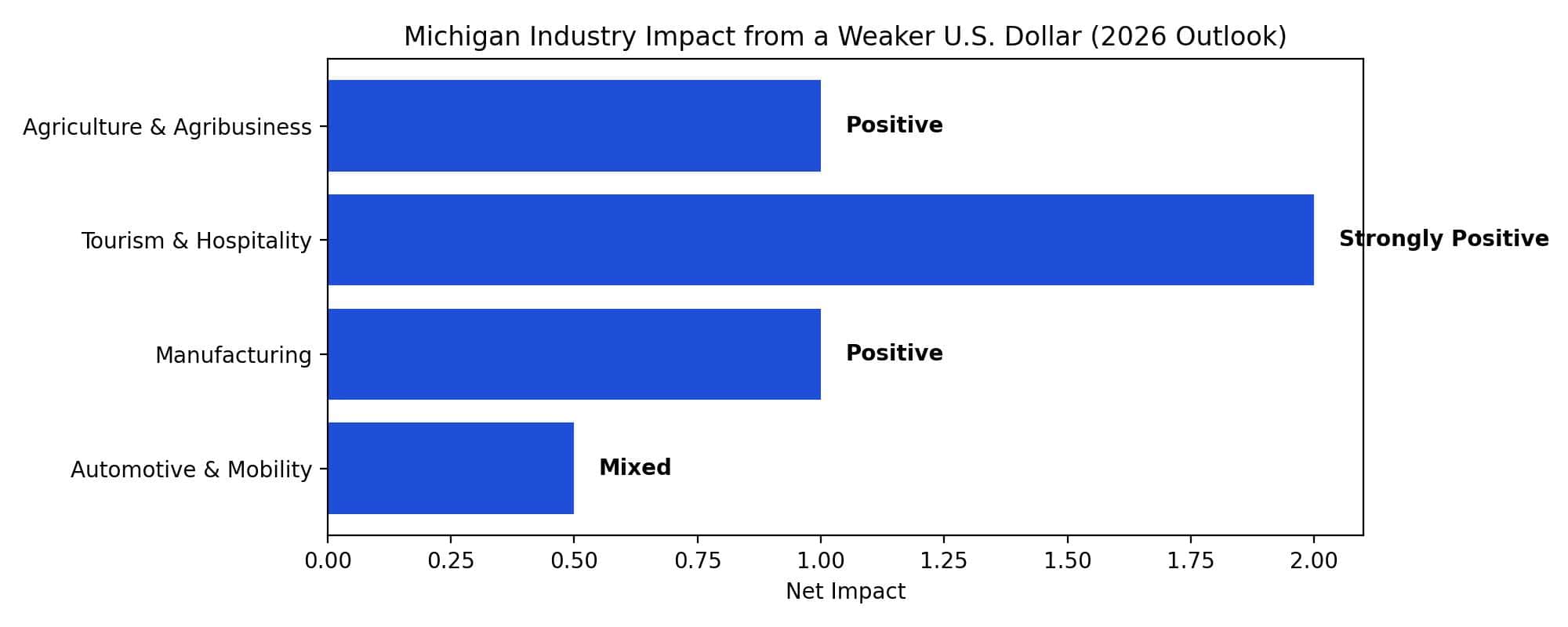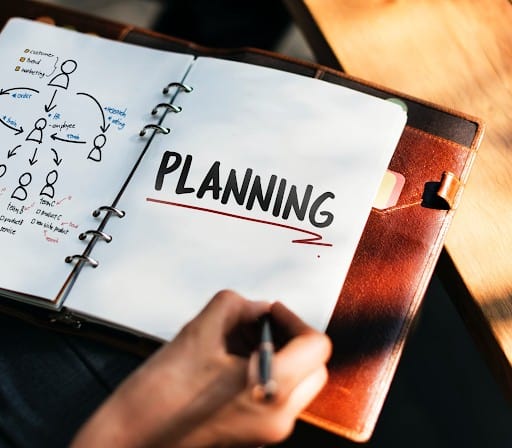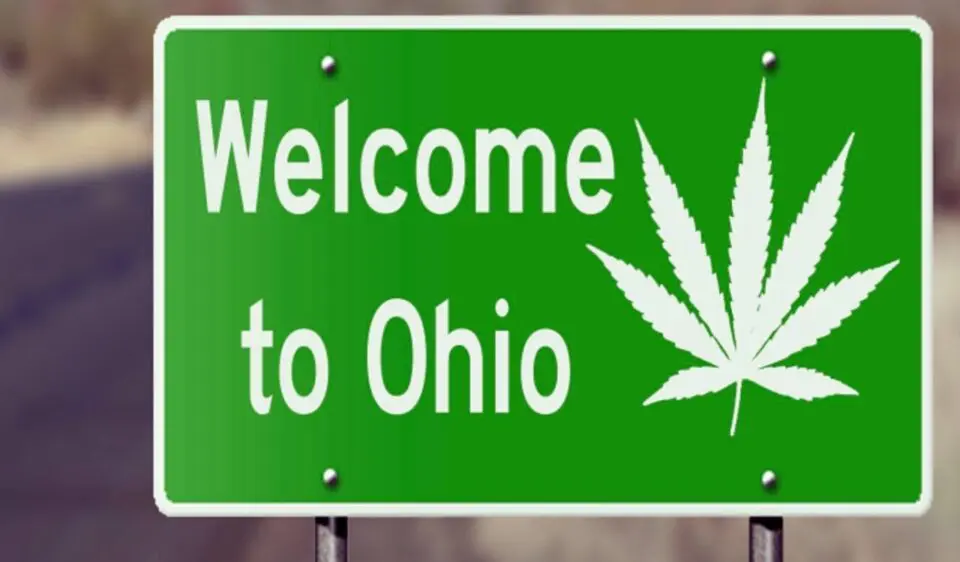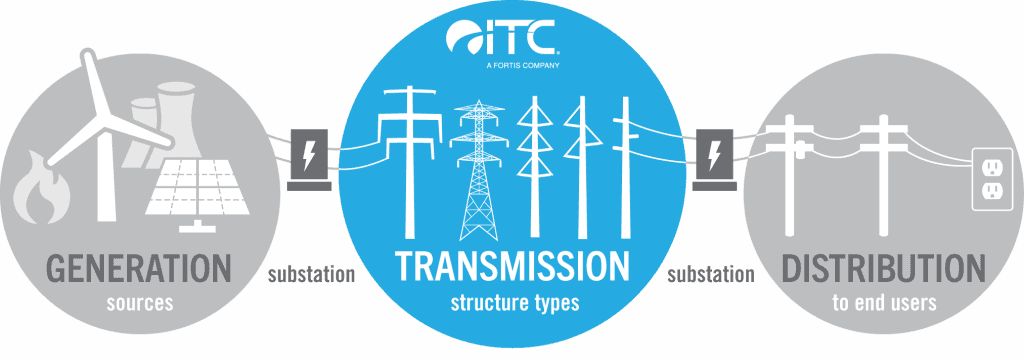Boston has tons of history packed in every corner of the city. But a grim reality emerges when you look at accident statistics. Car accidents can occur unexpectedly and potentially cause significant physical, emotional, and financial distress. Before taking the insurance companies offer, make sure you talk to a personal injury attorney.
But knowing the different types of car accidents and what steps to take if you find yourself involved in one can make a crucial difference in your safety, well-being, and ability to handle the aftermath effectively. Each type of accident presents unique challenges and considerations, from rear-end collisions to side-impact crashes, rollovers, and more.
In this blog post, we will explore common types of car accidents, delve into their causes and potential consequences, and provide essential guidance on what to do if you are in such a situation. By being prepared and informed, you can navigate the aftermath of a car accident with confidence, protect your rights, and ensure the necessary steps are taken to pursue a fair resolution. If you or a loved one was hurt, consult a Boston car crash attorney to help you seek the restitution you deserve.
Rear-End Collisions
Rear-end collisions are among the most frequent types of car accidents. They usually happen when a driver hits the back of the car in front due to sudden braking or when they fail to maintain a safe distance from another vehicle on the road. The result could be whiplash injuries or damage to your vehicle’s rear end.
To avoid rear-end collisions, keep a good distance between yourself and other drivers on the road and remain focused while driving. If an accident occurs, get out of your vehicle immediately if it is safe and call for help.
Head-On Collisions
Head-on collisions occur when two vehicles traveling towards each other on opposite sides collide with one another. These crashes are particularly severe and often lead to serious injuries and fatalities.
You can minimize hazards by staying alert while driving – watching for traffic signs before making turns or merging onto roads – ensuring all passengers wear seat belts. Always stay in your lane, as crossing another driver’s lane is dangerous.
T-Bone Accidents
T-bone accidents typically occur at intersections where one driver runs through a red light or stop sign, colliding their car into another, traveling perpendicularly, causing significant trauma or even fatal harm to the driver’s side occupants.
To avoid T-bone accidents, ensure you follow traffic signals accurately, thereby reducing speeding up when approaching intersections while diminishing distractions like phone use while driving, which might cause friction with proper situational awareness judgment.
Side-Impact Collision
Also known as a ‘pinched’ accident occurs when a car hits the side of another vehicle, causing injury to the drivers and passengers in any vehicle. These types of accidents happen mostly at intersections or while driving on highways.
You can avoid this type of accident by being vigilant while driving and not rushing through lights if you’re uncertain whether it’ll turn red. Be aware that other drivers on the road might overlook you where there is a gap to change lanes creating danger for both parties involved.
Single Vehicle Accidents
Single-vehicle accidents occur when there’s only one vehicle involved in an incident resulting from speed, striking animals, or losing control due to bad weather. Driving under the influence could also lead to getting oneself into single-car accidents.
To prevent such occurrences, always adhere strictly to legal speed limits; watch out for other vehicles while anticipating their movement, especially at night on rural roads with sharp curves. Always use your headlights/brake lamps, which alert other drivers properly, thus reducing roadside emergencies that could be sustained.
Multi-Car Accidents
Multi-car accidents occur when multiple car collisions happen involving several individuals colliding at different points, leading to chaos and making clean-up requiring significant cleaning up of these sites can take time, causing delays on nearby routes affected by heavy traffic.
To reduce injuries stemming from multi-car crashes, taking heed ahead using mirrors frequently signaling often gives fellow drivers enough hints about altering course direction suppose they approach blind spots around corners, thereby averting impacts reflecting personal initiative necessary actions ensuring everyone stays safe during high-pressure situations.
Bad Weather Incidents
Inclement weather conditions like snowstorms or torrential rains cause cars to slide off highways and crash into roadside barriers, posing a threat inside their passenger cabin. The resultant trauma is bad news meaning nobody suffers death in such incidents equally. Adults, as well as children, are susceptible.
To be prepared against these mishaps, preparation involves being aware of current road conditions before starting any journey outside. Always check a local weather forecast beforehand, which enables advance notice in case unfavorable weather persists, avoiding areas with low visibility prone to snow blizzards and black ice. Slow down on slippery road surfaces while maintaining appropriate safety distance between other vehicles.
Get Your Vehicle Tended To
When it comes to improving your condition and dealing with yourself effectively in the event of an accident, it is important to focus on the best ways of achieving this. You need to try to think about making sure you deal with your vehicle effectively in the event of an accident. This is an important step, and getting your vehicle towed in the event of an accident is a great way of ensuring that your car is getting the treatment it needs. As long as it is not a complete write-off, towing it to a repair garage is a great way of being able to take action with this.
Your insurance company is going to take care of a lot of the repairs that are involved, and you need to try to make sure you make the most of this. It is essential to focus on some of the best ways of looking after your vehicle, and this is going to help you make the right decisions for your car, and make sure you are proactive when it comes to dealing with your company more effectively.
Conclusion
In conclusion, all car accidents cause severe unintended consequences affecting drivers, passengers, and members of affected communities. Getting caught up in these cases at times associated with high repair costs, medical bills, and lifelong impact meant nobody wished to go through. By being cautious when behind the wheel and keeping a sense of situational awareness, we minimize risks from common types of accidents and ensure our journey’s safety by driving safely, leading to less trauma and a positive social & economic outcome for everyone involved in unfortunate incidents.
This article was provide by Jenny Patel


